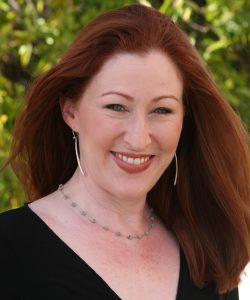Guest Post By Kimberly Lilley, CIRMS, CMCA
Most of us have been impacted by the insurance crisis in California, and if we haven’t been impacted yet, we will be. California has billions of dollars of property that needs insurance, and as losses piled up between 2017 and 2022, carriers in CA tightened their underwriting criteria, limited the amount of property they would insure, or left the state entirely in order to stay solvent. This constriction in the insurance marketplace left many without affordable or adequate insurance, and too often, no insurance options at all.
In this vacuum, carriers are being creative in finding ways to write insurance in CA, while reducing their risk enough for it to be reasonable for them to do so. One way of managing risk is to spread it out over multiple carriers, so each only takes a small part of the risk, ensuring that none of them hold the lion’s share of the losses if one should occur.
We’ve seen examples of this in the past, specifically with the flood and earthquake markets. Insuring the risk of a building being damaged by fire AND the risk of it being damaged due to earthquake was too much for most carriers, so the risk was separated out, allowing different carriers to insure the same structure for different causes of loss.
This has already begun in the CA insurance marketplace with fire vs. wildfire. Carriers have begun to separate out wildfire as a risk apart from “regular” fire (kitchen fire, candle fire, chimney fire, etc.), so that the risk can be shared by different carriers. This is especially helpful in areas with high wildfire risk that wouldn’t otherwise be able to get ANY insurance.
But here’s where the wrench gets thrown in. Carriers have let us know that they are hesitant to offer these polices in CA because the CA Department of Insurance (CDI) does not recognize the difference between “fire” and “wildfire.” In other words, they might hold a carrier that has excluded wildfire (so that another carrier can cover it) responsible for wildfire losses because there is not an agreed-upon definition of “wildfire” that everyone is happy with. This is limiting the availability of these creative policies, and therefore delaying the recovering of the CA insurance marketplace.
For CA to increase the health of its insurance marketplace, we need to encourage more carriers to participate. We need to reverse the constriction and have the options for insurance expand. Coming to an agreed-upon definition of “wildfire” can go a long way in helping that to happen. The policies are ready and waiting to be written. Let’s do what we can to invite them in.
The CA legislature has reconvened for the 2025 legislative session. We have 35 new California Legislators this year and we need your help to educate them about CAI-CLAC and key issues impacting your communities. We’re here to help you meet with your elected officials. Click here to learn more.
 Kimberly Lilley, CIRMS, CMCA, is Director of Advocacy, Public Relations & Marketing for Berg Insurance Agency in partnership with LaBarre/Oksnee Insurance and serves as the Chair of the CAI-CLAC Insurance Task Force. She can be reached at kimberly@berginsurance.com
Kimberly Lilley, CIRMS, CMCA, is Director of Advocacy, Public Relations & Marketing for Berg Insurance Agency in partnership with LaBarre/Oksnee Insurance and serves as the Chair of the CAI-CLAC Insurance Task Force. She can be reached at kimberly@berginsurance.com
